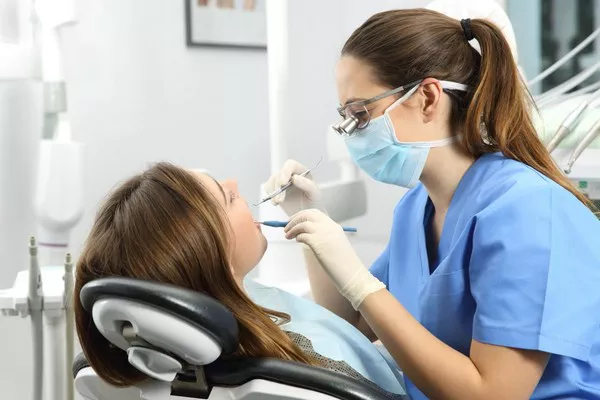The extraction of wisdom teeth is a common dental procedure, and individuals often inquire about the duration it takes for a full recovery. In this article, we explore the intricacies of the healing timeline after wisdom tooth extraction, providing insights into the various stages and factors that influence the overall recovery process.
1. Immediate Post-Extraction Period: The First 24 to 48 Hours
Formation of Blood Clots: The initial stage of healing begins with the formation of blood clots in the empty sockets left after wisdom tooth removal. These clots are crucial for protecting the exposed bone and initiating the healing process.
Post-Operative Care: During the first 24 to 48 hours, individuals are advised to follow post-operative care instructions diligently. This includes avoiding activities that may dislodge blood clots, such as vigorous rinsing, spitting, or touching the extraction sites.
2. Days 3 to 7: Tissue Scab Formation and Early Recovery
Emergence of Tissue Scabs: Around the third day post-extraction, soft tissue scabs begin to form over the extraction sites. These scabs protect the underlying tissues as the body continues its regenerative processes.
Managing Swelling and Discomfort: Swelling and discomfort are common during this phase. Applying ice packs, taking prescribed medications, and adhering to a soft diet help manage these symptoms.
3. Weeks 1 to 2: Continued Healing and Adaptation
Dissolving Stitches: If stitches were used, they may begin dissolving during the first two weeks. Dissolvable stitches eliminate the need for a separate removal appointment, as the body naturally absorbs them.
Gradual Closure of Extraction Sites: The extraction sites undergo gradual closure as the tissue scabs mature and the tissues continue to regenerate. During this time, patients may notice a reduction in swelling and a more comfortable overall feeling.
4. Weeks 2 to 4: Maturation of Tissues and Stabilization
Tissue Maturation: The tissues surrounding the extraction sites continue to mature, and any residual discomfort typically subsides during this period. The scabs may fully dissolve, exposing the healed tissues underneath.
Monitoring Oral Hygiene: Excellent oral hygiene practices become crucial during weeks 2 to 4. Patients are encouraged to resume gentle brushing and flossing, being cautious around the healing areas.
5. Weeks 4 to 6: Follow-Up Appointments and Continued Healing
Follow-Up Appointments: Some individuals may have follow-up appointments with their dentist during this phase. X-rays may be taken to assess the progress of bone healing and overall tissue health.
Resuming Normal Diet: By this time, most individuals can gradually resume a normal diet, incorporating a wider variety of foods.
6. Weeks 6 to 8 and Beyond: Complete Healing and Bone Remodeling
Complete Closure of Extraction Sites: By the sixth to eighth week, many individuals experience complete closure of the extraction sites. However, the healing process can vary, and some may observe full closure sooner or later than this timeframe.
Bone Remodeling: While the soft tissues may fully close within a few weeks, the underlying bone continues to undergo a process called remodeling. This involves the restructuring of the bone to adapt to the absence of the extracted tooth.
7. Factors Influencing Healing Time: Individual Variations
Overall Health: The general health of an individual plays a significant role in the healing process. Those with robust immune systems and good overall health may experience quicker recoveries.
Adherence to Post-Operative Care: Strict adherence to post-operative care instructions, including prescribed medications and recommended activities, contributes to a smoother and more efficient healing process.
Complications or Infections: The presence of complications or infections may extend the healing timeline. In such cases, it is crucial to seek prompt dental attention to address any issues that may arise.
Conclusion:
The healing timeline after wisdom tooth extraction is a dynamic and personalized journey. The stages of recovery, from the formation of blood clots to the complete closure of extraction sites and bone remodeling, unfold at a pace influenced by various factors.
Patients are encouraged to be patient, follow their dentist’s recommendations diligently, and seek professional guidance if any concerns arise. By understanding the stages and factors influencing the healing process, individuals can navigate the recovery journey with awareness, ultimately returning to optimal oral health.
In conclusion, the timeline for wisdom tooth extraction recovery is a testament to the body’s remarkable ability to heal. With proper care, patience, and attention to post-operative instructions, individuals can embark on a journey that leads to the complete restoration of oral health and well-being.
How Long Do Wisdom Teeth Holes Take To Close
Can I Sleep On My Side After Wisdom Teeth Removal
Can I Eat Ketchup After Wisdom Teeth Removal
































